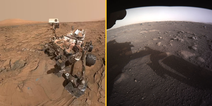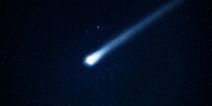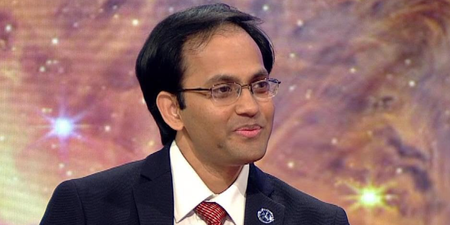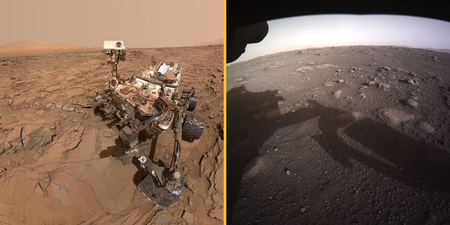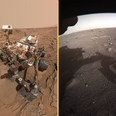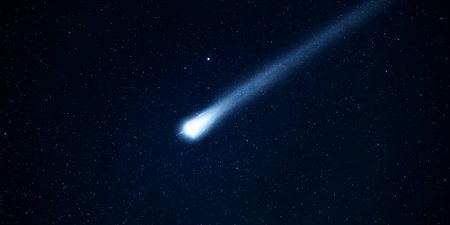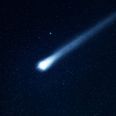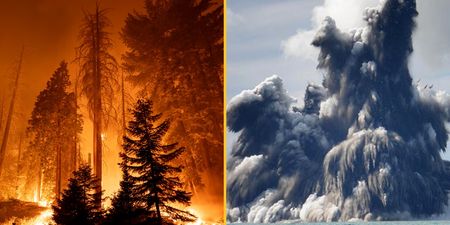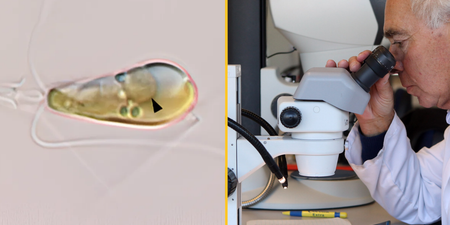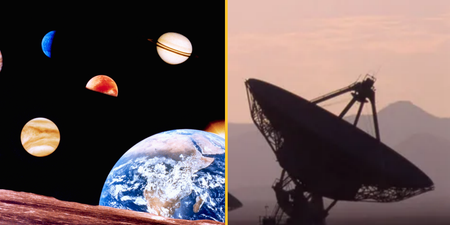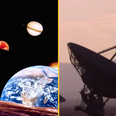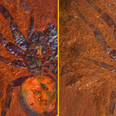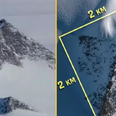It took eight billion years to arrive
The Earth has been hit by a powerful blast of energy that took eight billion years to arrive.
The blast, reported in a new paper, ‘A luminous fast radio burst that probes the Universe at redshift 1’and published in the journal Science, was the most distant of its kind ever seen, and extremely powerful.
In less than a second, it released the same energy that comes out of the Sun in over 30 years.
Fast radio bursts are short bursts of energy that come from unknown, but extreme, activity in space, but scientists are still unsure how they are formed.
Explanations have included everything from extraterrestrial technology to neutron stars, The Independent noted.
Scientists believe the latest burst appears to have come from a small group of merging galaxies, which helps support current theories about where they originate.
The intensity of the blast, however, is more difficult to explain and challenges theories on how they are released.
Ryan Shannon, from the Swinburne University of Technology explained: “While we still don’t know what causes these massive bursts of energy, the paper confirms that fast radio bursts are common events in the cosmos and that we will be able to use them to detect matter between galaxies, and better understand the structure of the Universe.”
The blasts, it is thought, could be useful in helping answer questions about our cosmos, like how much it weighs.
“If we count up the amount of normal matter in the Universe — the atoms that we are all made of — we find that more than half of what should be there today is missing,” Shannon ssaid.
“We think that the missing matter is hiding in the space between galaxies, but it may just be so hot and diffuse that it’s impossible to see using normal techniques.
“Fast radio bursts sense this ionised material. Even in space that is nearly perfectly empty they can ‘see’ all the electrons, and that allows us to measure how much stuff is between the galaxies.”
A telescope in Japan spotted the blast last year. Other telescopes were then used to verify it and examine it.
“Using ASKAP’s array of dishes, we were able to determine precisely where the burst came from,” said Stuart Ryder, the first author on the paper. “Then we used the European Southern Observatory (ESO) Very Large Telescope (VLT) in Chile to search for the source galaxy, finding it to be older and further away than any other FRB source found to date, and likely within a small group of merging galaxies.”
The findings are reported in a new paper, ‘A luminous fast radio burst that probes the Universe at redshift 1’, published in the journal Science.
‘Once in a lifetime asteroid’ crater turns out to be hole dug by lads with kid’s spade
‘Time-traveller’ from 2671 claims ‘very big things’ will happen on four dates in December
NASA confirms chance of newly discovered asteroid hitting Earth


